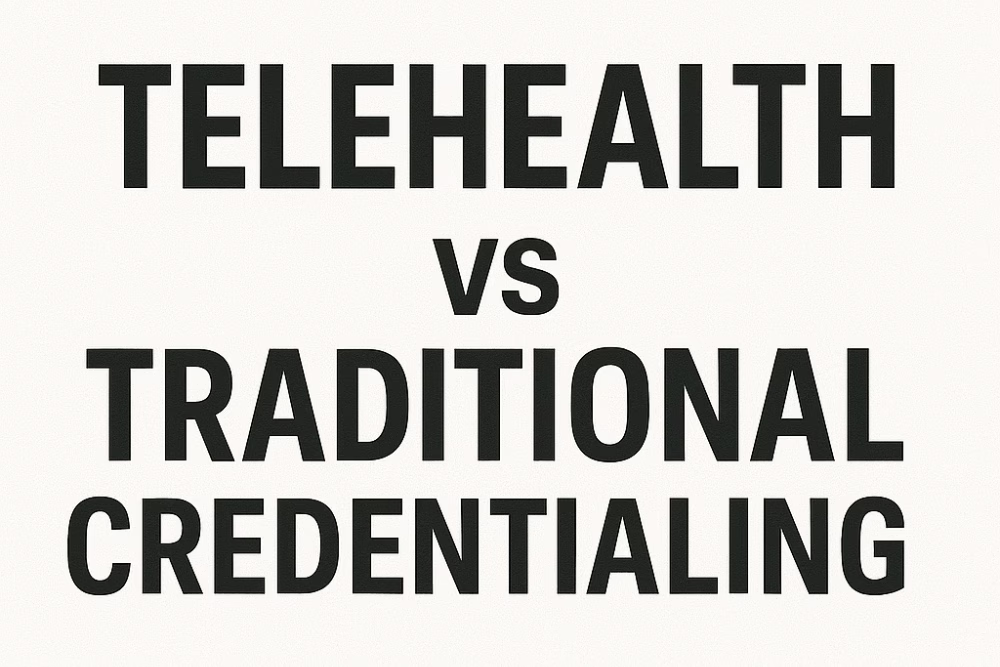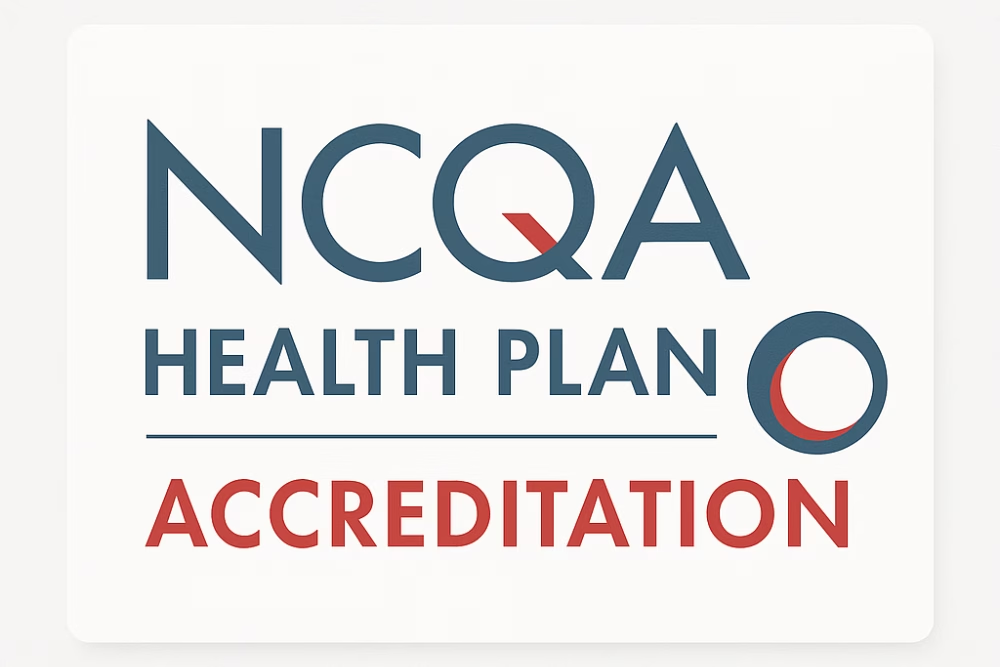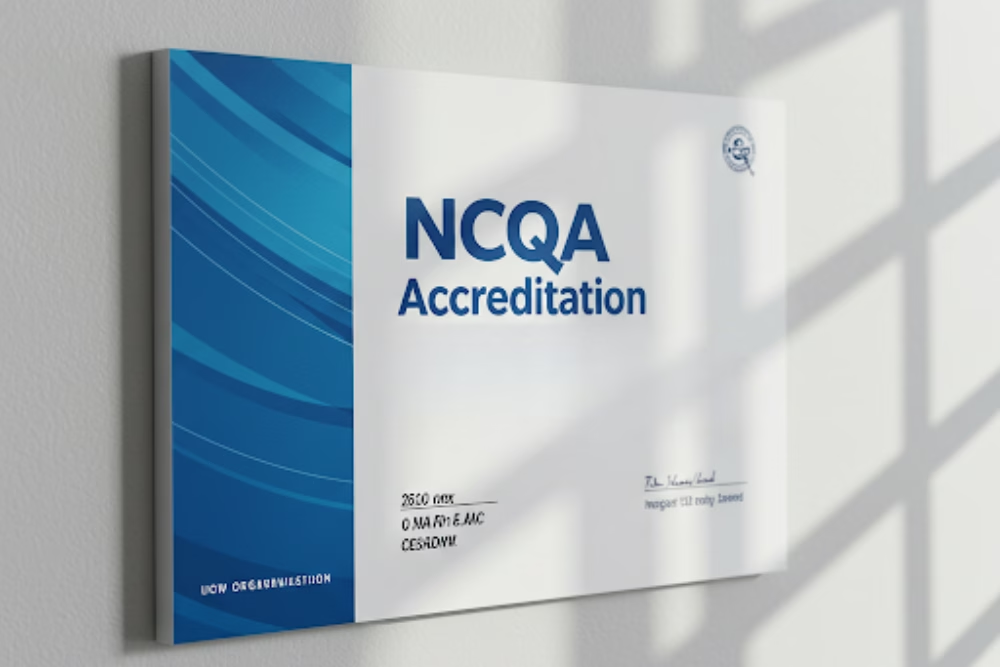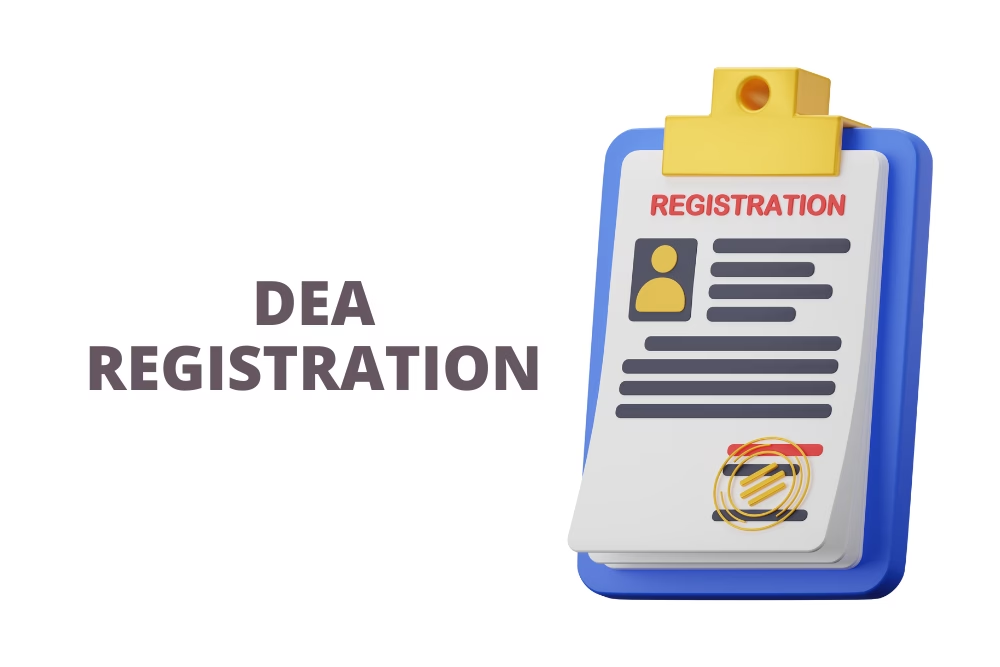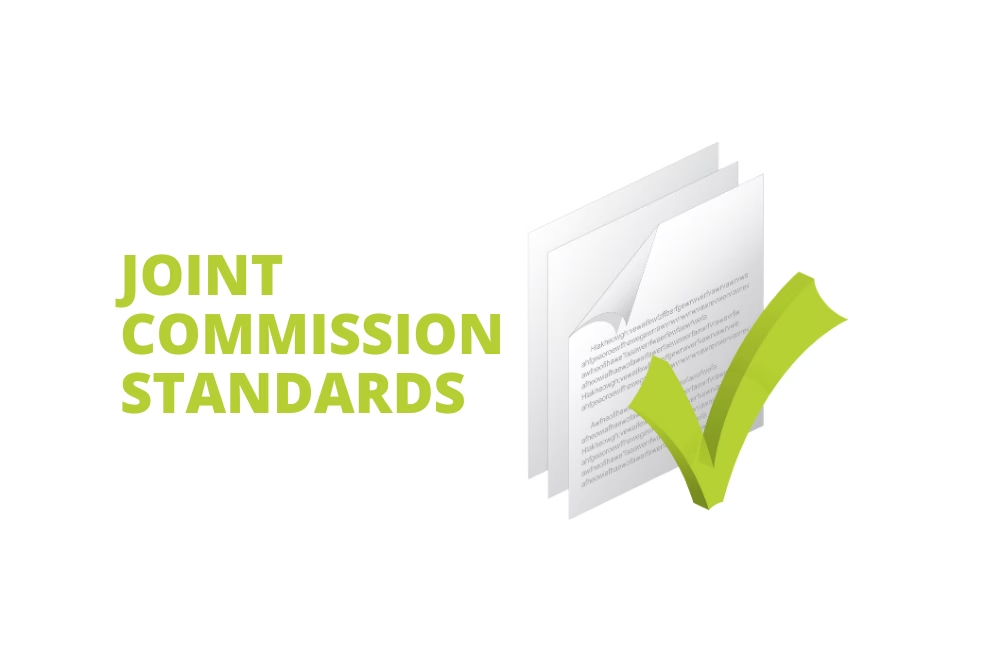For practice managers, healthcare providers, and owners, navigating medical billing and administration can feel overwhelming. Terms like credentialing, privileging, and enrollment are often used interchangeably, but they represent distinct processes critical to your practice’s success. Understanding their differences and how they interconnect is key to smooth operations and a compliant revenue cycle.
Credentialing: Verifying Provider Qualifications
Credentialing is the process of verifying a provider’s qualifications, ensuring they meet the standards required to deliver safe, high-quality care. It’s the foundation of trust between providers, facilities, and patients.
Key Steps in Credentialing:
- Application: Providers submit detailed information about their education, training, and work history.
- Verification: Credentialing entities verify this information with licensing boards, educational institutions, and past employers.
- Review & Approval: A committee assesses the verified data and grants credentials if qualifications meet the standards.
- Monitoring: Ongoing checks ensure compliance, with re-credentialing required periodically.
Why It Matters: Without credentialing, providers cannot legally practice at a healthcare facility. It’s the first step in establishing their legitimacy and ensuring patient safety.
Privileging: Defining Scope of Practice
While credentialing confirms who a provider is, privileging defines what they can do within a specific facility. It outlines the procedures and treatments a provider is authorized to perform.
Key Steps in Privileging:
- Application: Providers request privileges based on their training and experience.
- Verification: The facility verifies the provider’s qualifications for the requested privileges.
- Peer Review: A committee of peers evaluates and recommends privileges.
- Approval & Monitoring: Privileges are granted, and ongoing monitoring ensures competency.
Why It Matters: Privileging ensures providers only perform procedures they’re qualified for, protecting both patients and the facility.
Enrollment: Enabling Reimbursement
Enrollment is the process of joining an insurance network, allowing providers to bill and get paid for their services.
Key Steps in Enrollment:
- Application: Providers apply to join an insurance network.
- Review: Payers review the application and credentials.
- Approval: Once approved, providers can bill the payer for services rendered.
Why It Matters: Without enrollment, providers cannot receive payments from insurance companies, whether private, commercial, or government programs like Medicare and Medicaid.
How These Processes Work Together
Credentialing, privileging, and enrollment are interconnected. Credentialing establishes a provider’s qualifications, privileging defines their scope of practice, and enrollment ensures they can bill for their services. Together, they form the backbone of a compliant and efficient revenue cycle.
Streamline Your Processes with eClinicAssist
Managing credentialing, privileging, and enrollment can be complex and time-consuming. eClinicAssist specializes in simplifying these administrative tasks, allowing you to focus on patient care. Our expert team ensures accuracy, compliance, and efficiency, helping you optimize your revenue cycle.
Contact eClinicAssist today to learn how we can streamline your administrative processes and boost your practice’s financial performance.



